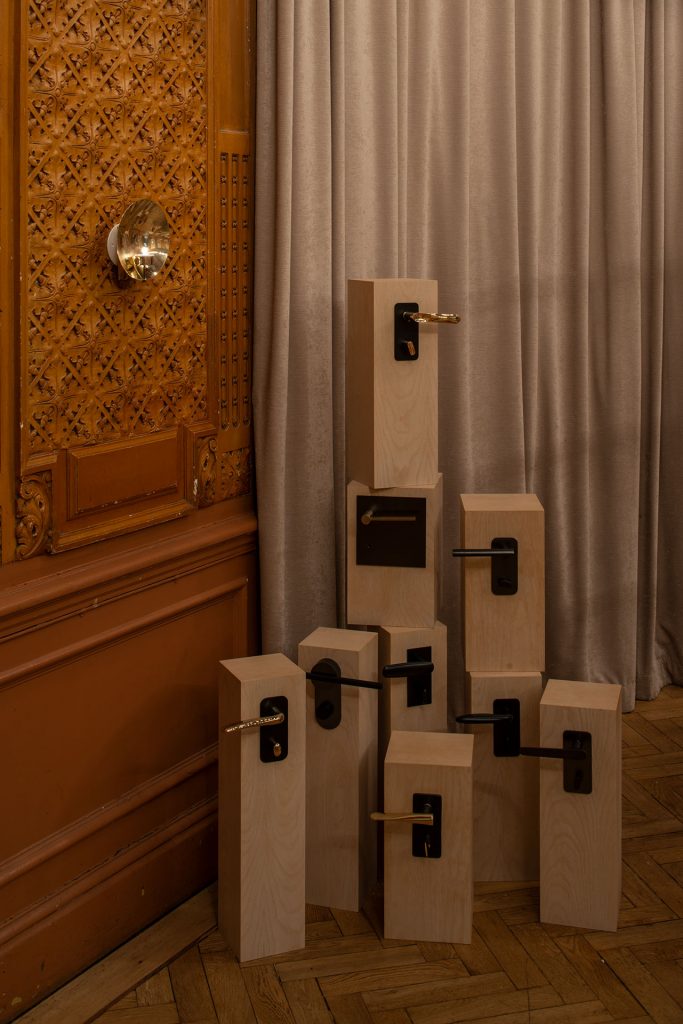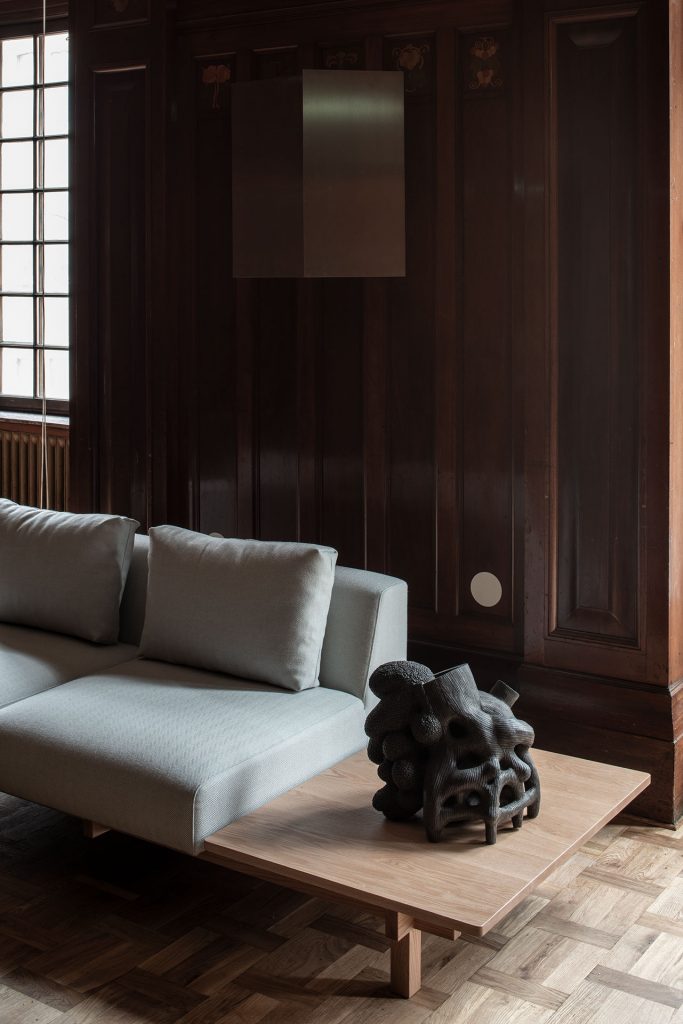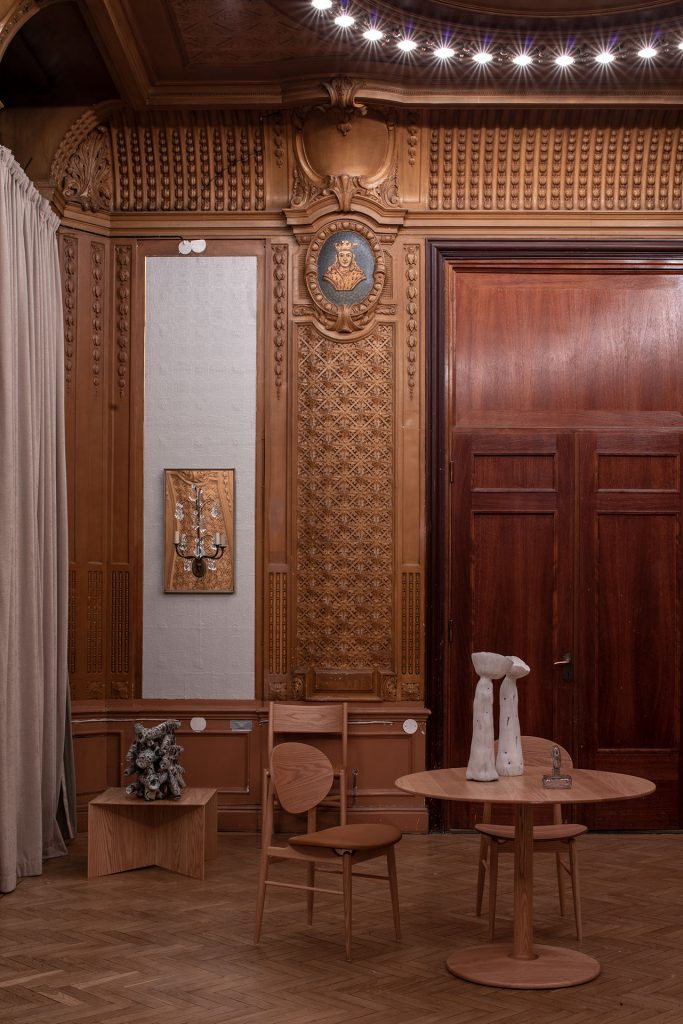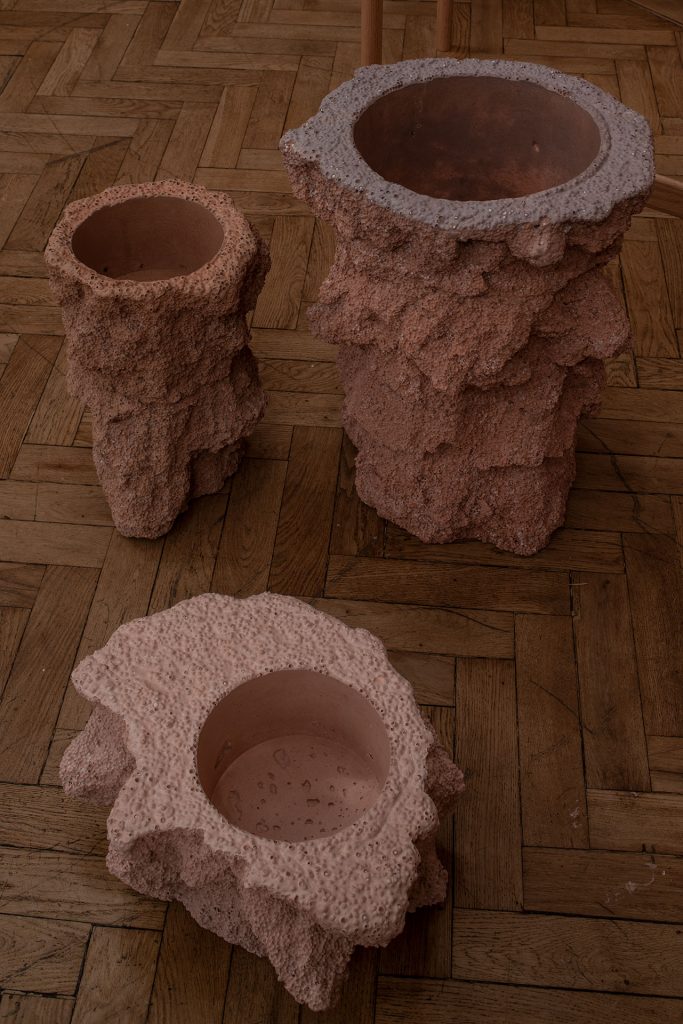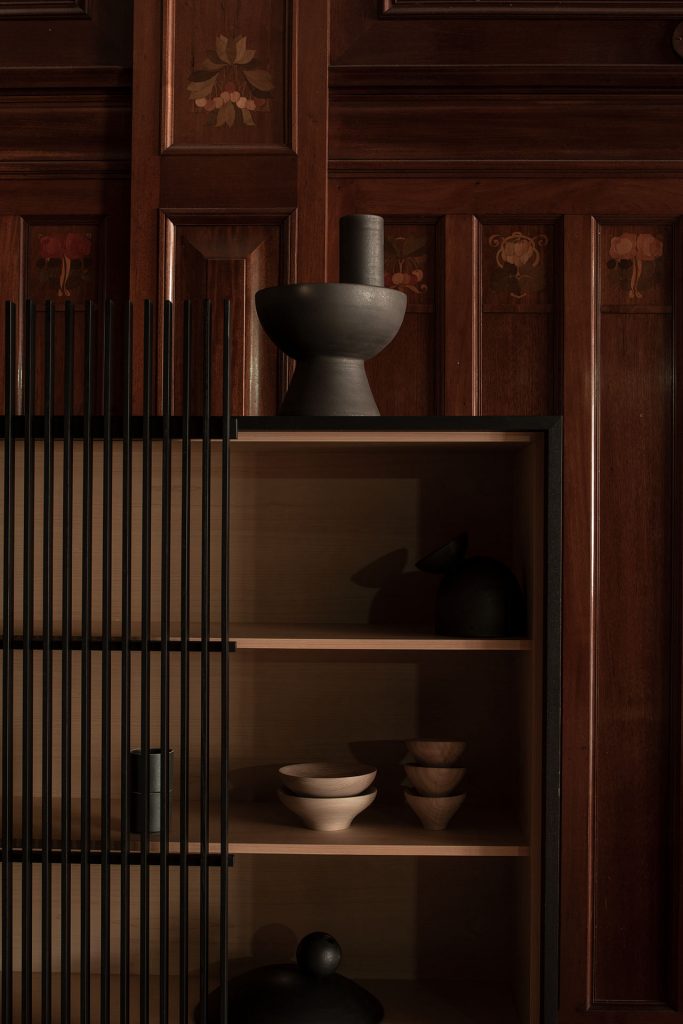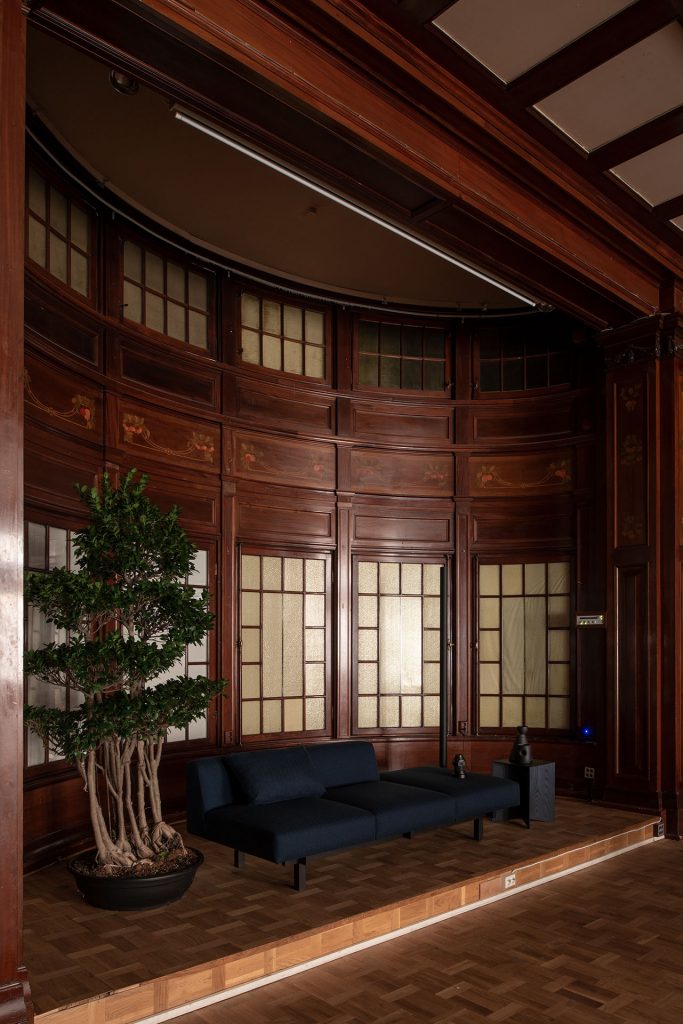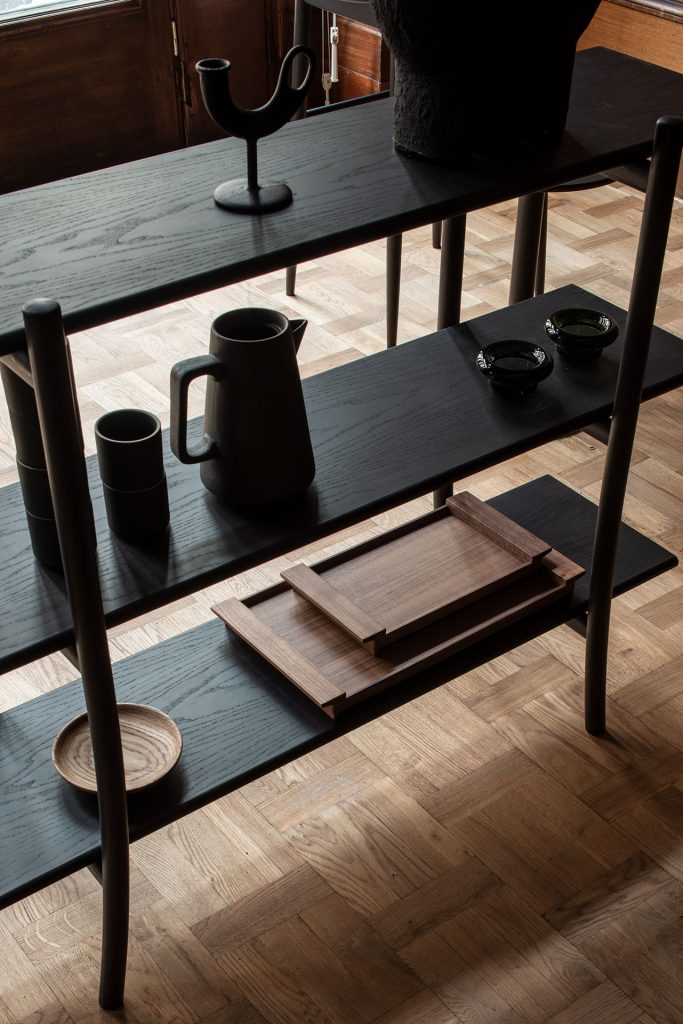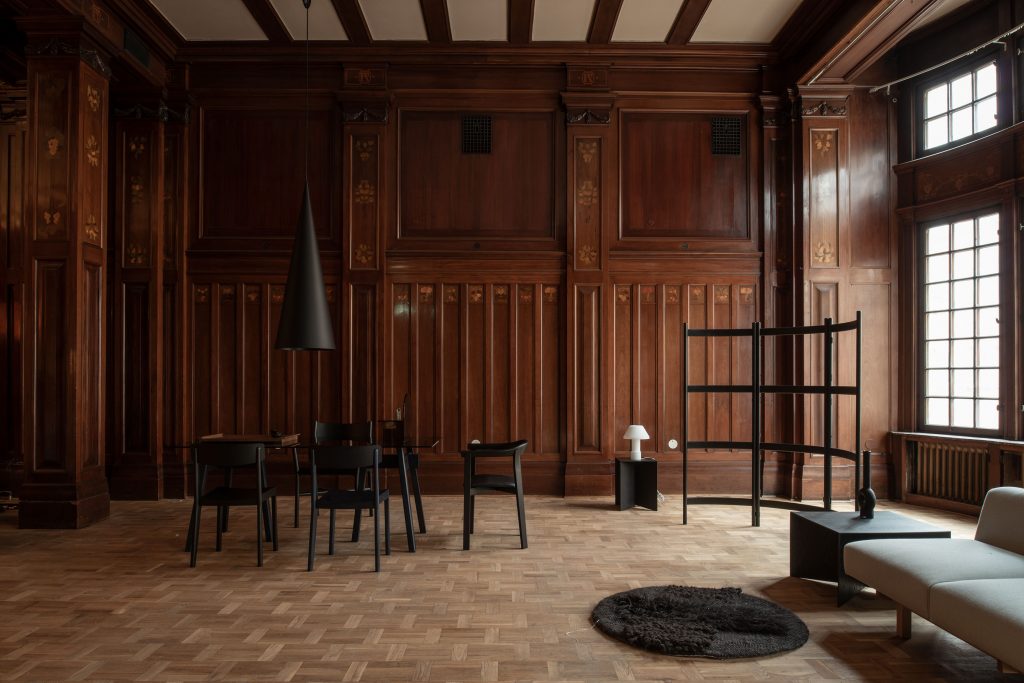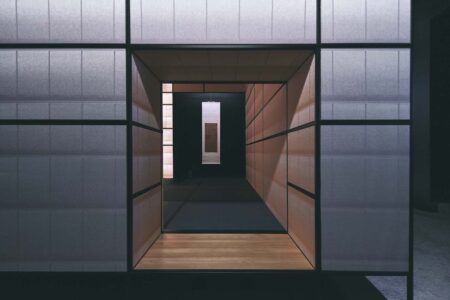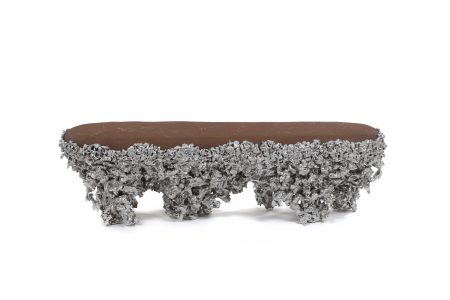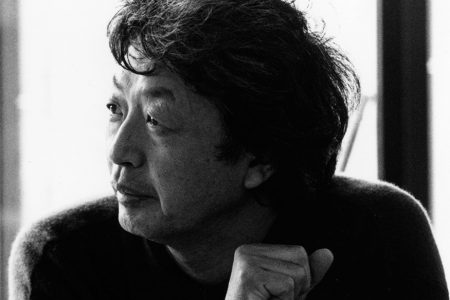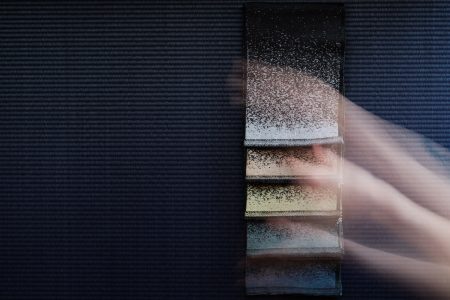Entertainment Palace to Exhibition Space: Ariake and My Residence
The grand wooden interiors of The Fenix Palace Stockholm, set the stage for young furniture brand Ariake to exhibit their Japanese crafted collection
What do you get when you mix contemporary Japanese handcraft with a Swedish architectural icon dating back to 1912? Ariake and My Residence at The Fenix Palace!
This year’s Stockholm Design Week saw a unique exhibition that blended two cultures in a celebration of collaboration between Japanese furniture company Ariake and the new bookazine My Residence from interiors magazine Residence. Set in the wooden interior of the former entertainment palace which, in previous lives, housed a dance hall, a theatre, well-known restaurants and a bowling alley, the exhibition adds another layer to the building’s history. Originally designed by architect Hjalmar Westerlund in 1912, the building was taken over by the city church in 1940.
Compared to the palace, Ariake’s history is rather short. The young furniture company was founded in 2016 by the two factories Legnatec and Hirata Chair of the furniture town of Morodomi in the Saga District of Japan. The company is named after the Ariake Sea in southern Japan but Ariake also fittingly translates to “morning moon” or daybreak, signifying the start of a new journey.
Ariake’s first collection, on display in The Fenix Palace, was created by a group of 30 furniture designers, an art director, a photographer and craftsmen living together in two intensive workshops, aligning with the brand’s philosophy of collaboration. It includes pieces by Norm Architects, Keiji Ashizawa, Staffan Holm Anderssen & Voll, Gabriel Tan, Zoe Mowat and Shin Azumi.
In addition to the pieces from the Ariake collection, the exhibition also featured another budding company—Turn Handles. The Singaporean company aims to revolutionize the understated world of door handles with a patented soft-rebound mechanism that creates a gentle and silent interaction. Pairing this technology with designs by an international array of architects and designers—including Claesson Koivisto Rune, Egidio Panzera, Gabriel Tan, Snøhetta and Studio MK27—the often-forgotten household fitting comes into the limelight.
In a less industrial approach, Origin Made exhibited objects from their collection of contemporary items which are all handmade in Portugal.
The exhibition was curated by Hanna Nova Beatrice and styled by Annaleena Leino.
